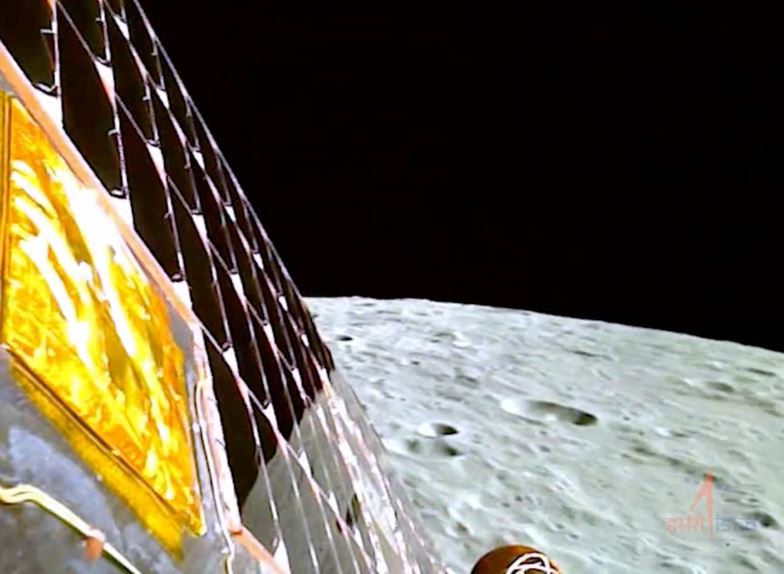It’s been nearly four years since India’s Chandrayaan-2 moon mission crashed. India is crossing its fingers that its unmanned Chandrayaan-3 mission will safely touch down on the moon’s surface on Wednesday.
Both the Indian people and the administration are quite pleased with the progress of their country’s space programme. The Russian lunar lander Luna-25, which intended to touch down in the same area of the moon as Chandrayaan-3, crashed on Saturday, raising the stakes for Wednesday’s landing attempt. India’s success in landing a spacecraft so soon after Russia’s failure would bring international attention to the technical advances made by the world’s most populous nation.
When is the landing and how can I watch it?
It is anticipated that the Chandrayaan-3 landing module will touch down on the lunar surface on Wednesday around 8:34 a.m. Eastern time (6:04 p.m. in India).
From its base in Bengaluru, the Indian Space Research Organisation (ISRO), the country’s space programme, will broadcast live. At 7:50 a.m. Eastern, go up to ISRO’s YouTube page or visit their website to witness the launch live.
What is Chandrayaan-3?
“Mooncraft” translates to “Chandrayaan” in Hindi. The landing module includes the Vikram lander and the Pragyan rover, which will try to touch down on the lunar surface in the moon’s south pole area, in addition to the propulsion module, which propelled the spacecraft into orbit around the moon. No astronauts will be participating in this robotic expedition.
It was decided to land on August 23 so that the sun would rise over the area. Two weeks later, at sundown, the mission will be complete. The solar-powered lander and rover will utilise a variety of equipment to analyse surface temperatures, vibrations, and minerals.
Why is India landing on the moon?
India’s expanding number of commercial space startups, as well as the country’s space programme, are both points of national pride. The diplomatic drive by India as an ambitious rising power is mirrored by the country’s recent endeavours in space research.
After the successful launch of Chandrayaan-3 to the moon last month, Prime Minister Narendra Modi said, “Thanks to our scientists, India has a very rich history in the space sector.”
There has been a resurgence of enthusiasm for lunar exploration, and Chandrayaan-3 is proceeding. This year might see further robotic missions from the United States and Japan, and both the United States and China have plans to deploy humans there in the near future. The south polar area of the Moon is the target of numerous lunar missions, including India’s. It may include water ice that astronauts in the future may utilise, according to scientists.
What will happen during the landing?
On July 14, Chandrayaan-3 began its low-speed, high-fuel-efficiency trip. On August 5 it entered lunar orbit and has been gradually lowering its distance from the moon’s surface in preparation for a landing.
The lander’s orbit is elliptical, bringing it as near to the moon’s surface as around 15 miles. According to ISRO, Vikram will be brought out of orbit and begin its fall to the earth on Wednesday at roughly 8:15 a.m. Eastern Time. The aim is that the engines will further slow its descent, and that in about 20 minutes it will land gently.

